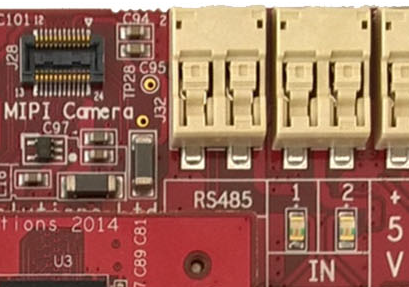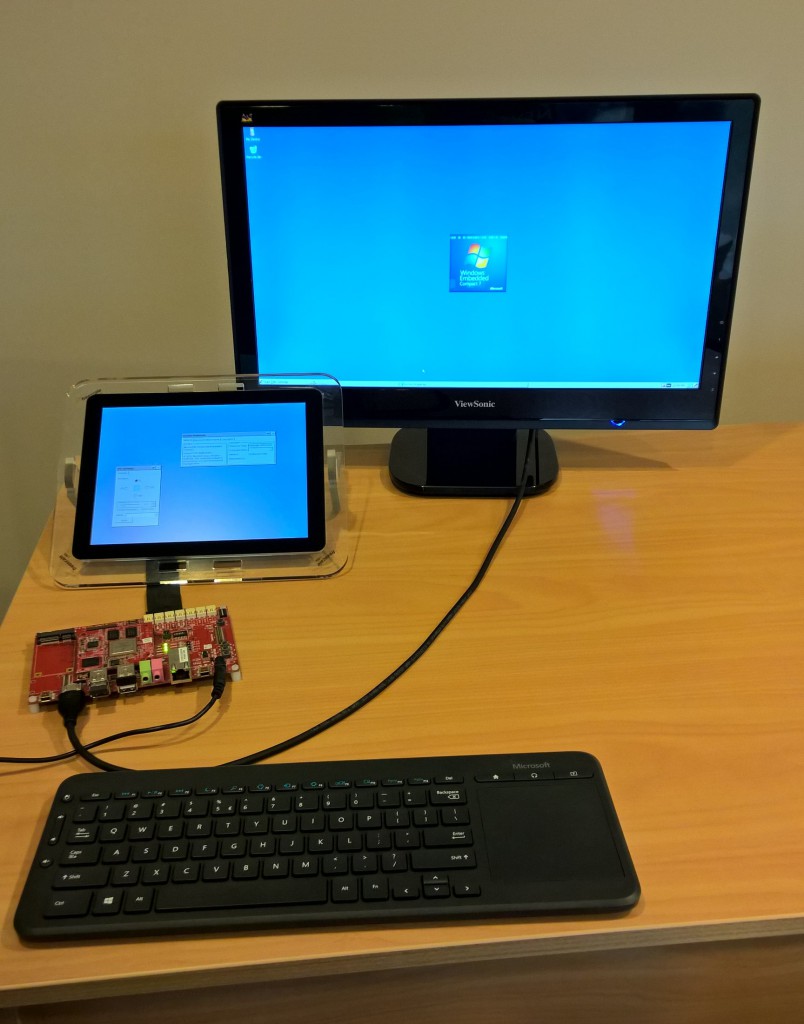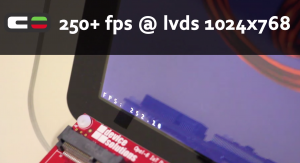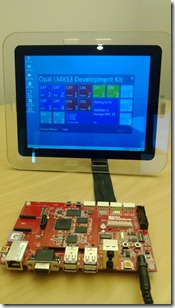Our last post looked at CAN bus on the Opal-6 Development Kit and how easy it is to connect to and get a prototype working. In this post, we want to highlight the RS485 implementation, which also uses the push-wire wire connectors.

The Opal-6 Dev Kit includes an RS485 transceiver on UART2. If your products interface to other devices using RS485, then getting everything talking with Opal-6 will be easy. Just connect your device – no soldering required.
When it comes to software, the Linux driver takes care of managing the transmit enable line. Just go ahead and use UART2 and it will work in RS485 mode with our dev kit image.
RS485 is also supported in Windows Embedded Compact 2013. To get this working, simply enable the fRtsControl option to be RTS_CONTROL_TOGGLE when you are opening the COM port and the driver will take care of the rest.
Do you use RS485 in your devices? Is this a helpful feature for you? Let us know in the comments, or contact us to talk more about how Opal-6 could help you take the hassle out of your new product development.





